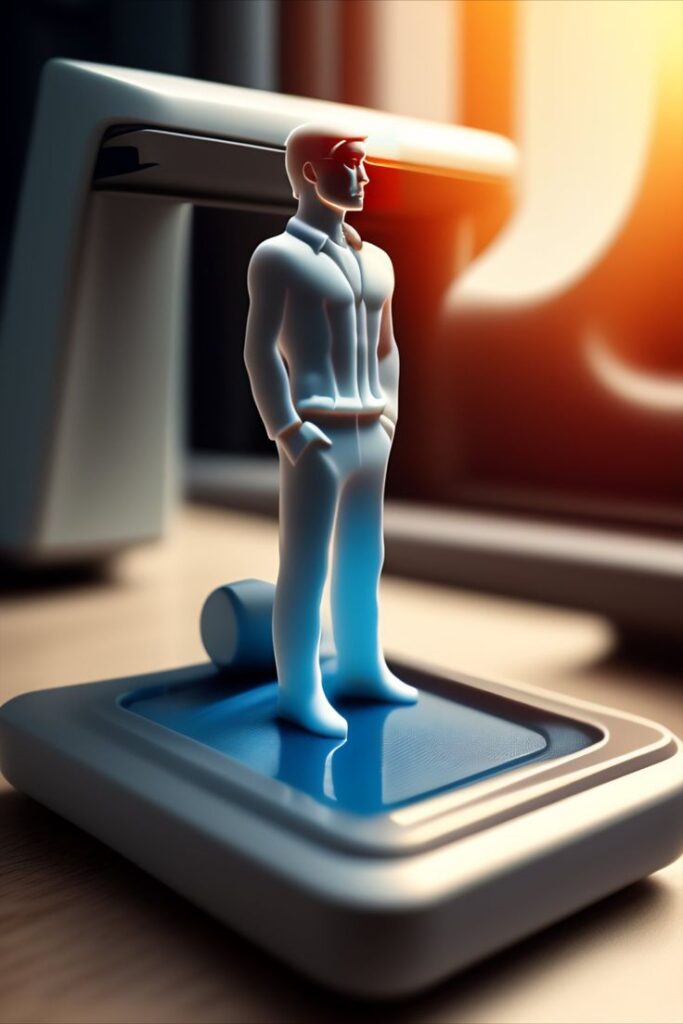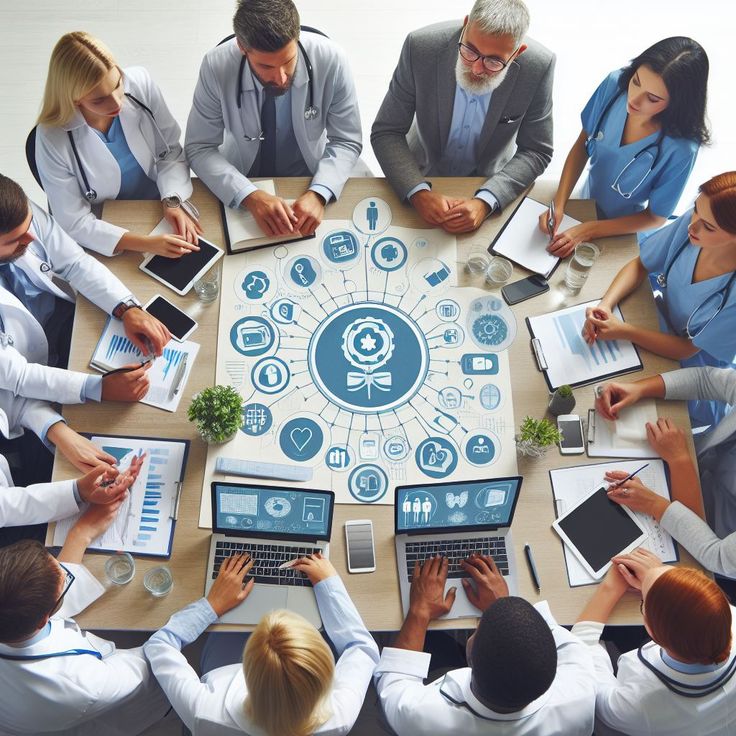Here we present the ground-breaking shifts that have occurred in the healthcare industry as a result of technology advancements. Healthcare delivery and results are being transformed by the integration of technology, which is bringing forth enhanced diagnostics and individualized therapies.
The Role of Telemedicine and RPM in Filling Healthcare Gaps:
Examining the role of digital platforms in facilitating remote consultations and monitoring, this section focuses on telemedicine. Particularly in disadvantaged or far-flung locations, telehealth solutions are lowering entry barriers, increasing accessibility, and guaranteeing treatment continuity.
- A Better Way to Keep Track of Patients’ Information Using EHRs:
This section delves into the process of patient information digitization as it pertains to electronic health records (EHRs). Electronic health record systems facilitate better decision-making by centralizing patient records, improving communication and cooperation among medical staff, and streamlining data administration. - Wearable Tech: Giving Patients More Control and Better Monitoring:
This section explores the ways in which wearable technology, such as fitness trackers and smartwatches, enables users to keep tabs on their health. The use of wearable technology allows for the proactive monitoring of health by providing real-time information on exercise, vital signs, or sleep habits. - The Role of AI in Diagnostics: Increasing Precision and Productivity:
In this part, we’ll take a look at AI in diagnostics by talking about recent advances in medical picture processing utilizing machine learning techniques. Artificial intelligence (AI) improves the precision of diagnoses, shortens the time it takes to evaluate results, and helps find diseases like cancer and neurological illnesses earlier. - Customizing Treatment Based on Individual Genetics: Precision Medicine
Here we turn to precision medicine and examine how genetic data is changing the face of therapy. Healthcare practitioners may optimize the effectiveness and minimize the adverse effects of medicines by examining an individual’s genetic composition. - Robotics for Surgical Procedures: Improving Accuracy while Reducing Adverse Effects:
In this part, we’ll talk about robots in surgery and how they may be used for less intrusive and more accurate treatments. Robotic-assisted surgeries open up new avenues for complicated procedures, shorten recuperation periods, and increase surgical accuracy. - The Use of VR and AR in Healthcare: Immersive Tools for Education and Rehabilitation:
This section delves into the healthcare uses of virtual and augmented reality. Medical professionals and patients alike may benefit from the immersive experiences made possible by virtual reality and augmented reality simulations, which are employed in medical education, patient education, or therapeutic treatments. - The Use of Blockchain Technology to Improve Interoperability and Protect Patient Data in Healthcare:
Improving data safety and interoperability are two of the primary goals of blockchain technology, which we will examine in the context of healthcare in this section. Secure data exchange, patient-centric healthcare management, and the preservation of accurate medical records are all made possible by blockchain technology. - Customizing Medical Devices & Prosthetics using 3D Printing in the Healthcare Industry:
Moving on to 3D printing, the effects on medical treatment are discussed here. Customizable medical equipment, prostheses, and even organs are now within reach, thanks to 3D printing technology, which is changing the game in healthcare production and distribution. - Surgeries Performed Through Remote Means: Removing Obstacles to Accessing Surgical Knowledge:
The use of technology to carry out surgical procedures at a distance is covered in this section, which is devoted to remote surgery and telesurgery. These advancements broaden the availability of surgical services, bringing the benefits of specialty operations to underserved or faraway places. - Encouraging Individuals to Take Charge of Their Wellness with Health Programs and Patient Engagement:
This section delves into the ways in which mobile applications enable users to take charge of their health and wellbeing, with a specific emphasis on health apps. Health applications improve patient involvement and promote proactive healthcare management by tracking fitness goals and chronic illnesses.

- Protecting Private Information via Healthcare IT Data Safety and Privacy Measures:
This section delves into the need of protecting sensitive healthcare information while navigating both security and privacy. Strong security measures and compliance with privacy legislation are of utmost importance due to the key role of technology in healthcare. - Obstacles to Adoption and Dealing with Regulations: Steps Towards Integration:
In this part, we will acknowledge the problems that exist and talk about the regulatory barriers and acceptance hurdles that healthcare technology implementation faces. Successful integration requires resolving opposition to change and striking a balance between innovation and regulatory compliance. - Looking Ahead: Expecting Additional Advancements in Healthcare:
Finally, this part looks forward to future healthcare breakthroughs. Future developments in artificial intelligence and the incorporation of new technology bode well for the ongoing revolution of healthcare delivery, individualization, and patient experience.
The healthcare industry is poised for a dramatic shift as new technologies transform the industry. By incorporating sophisticated solutions, we can improve patient outcomes, make healthcare more accessible, and create an ecosystem that is more client-centric, efficient, and customized.
